Bending until you break isn’t necessary. Building a great relationship is.
Lisbon-based 3D Illustrator and Art Director, Danny Ivan, has built a successful career for himself by prioritizing relationship-building before getting into the guts of a project. That approach, in combination with being an incredibly skilled 3D designer, has earned him some pretty high-profile clients–Adobe, Starbucks, McDonald’s, Cinema 4D, Herman Miller and Frito Lay’s to name a few.
He put together his top tips on how you can become your next client’s dream freelance designer.
Danny: Everybody does things differently–and that’s awesome because it creates different styles for different purposes. But like any freelancer, we must keep learning because this is a world that is constantly evolving. Anyone can become a freelancer nowadays, so the more you know, the better off you will be…and hopefully the clients will come to you.
1. Create your own voice. Create your style.
You have to believe in your work for others to believe in what you are doing. Create something fresh. It’s probably one of the hardest thing to achieve, but these are the types of principles to start freelancing. Becoming the go-to freelancer for a client is more than this though.



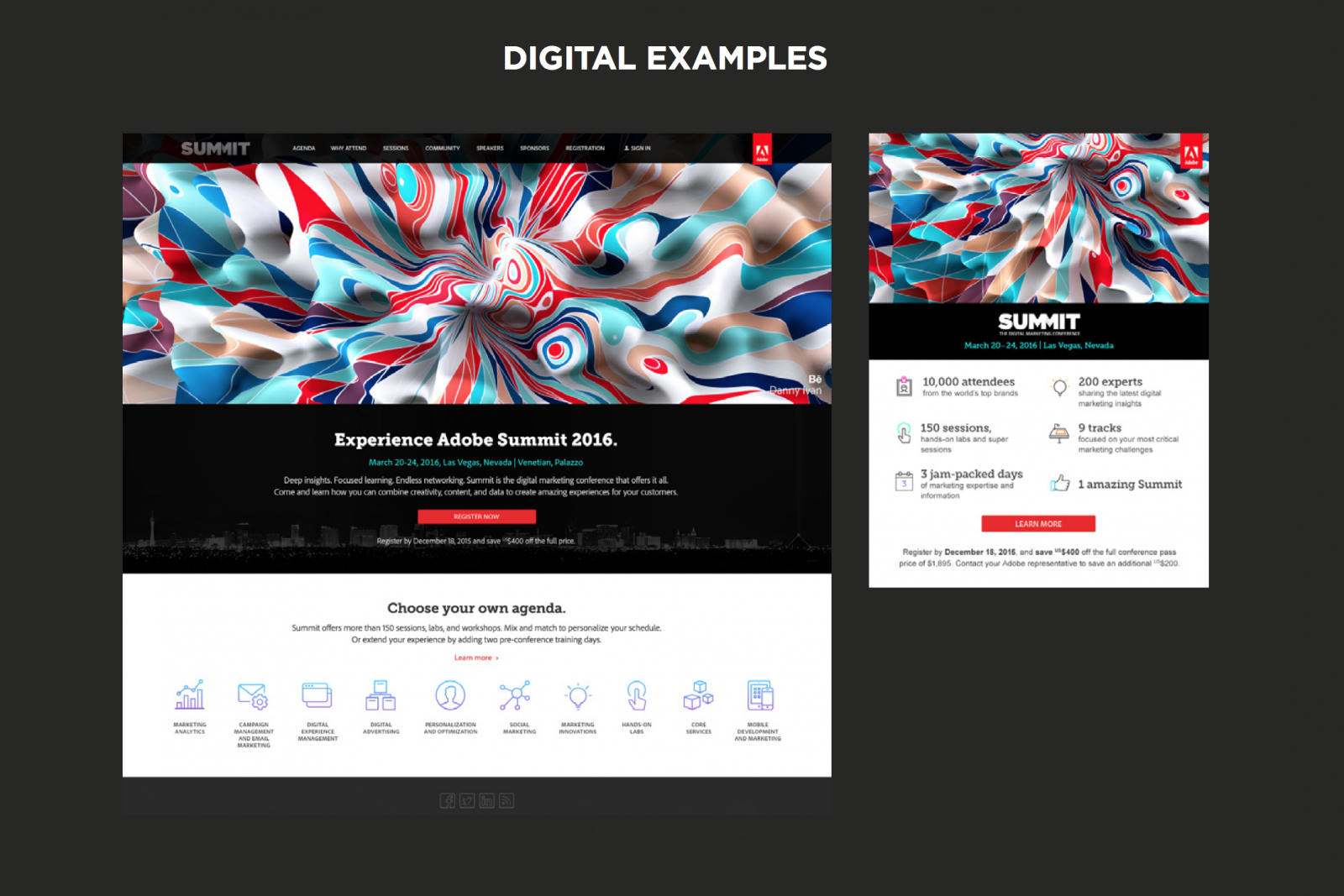
2. You have to create a mutually valuable relationship
One of the first things I do is give my mobile number to clients. Then, I’ll try to arrange a personal meeting or phone call. I can share a cool story about this.
A long time ago, a creative director from Adobe sent me an email asking about the possibility of working on a project. She asked, “Can I call you?” At the time, I was surprised at how direct she was, but we talked more about Lisbon and Portugal than the project itself. Eventually, I explained my work and how Lisbon was an influence on it. Then, another creative director at Adobe remembered how passionate I was about Portugal and that I told her one time to visit as soon as possible! We lost connection when she moved to Google, but after three years of not talking, she sent me a email asking for places and beaches to visit in Portugal. She remembered me after three years because of the non-business things we talked about.
Having an open relationship with a client is a good way to create value in one another’s lives beyond business. It’s a win-to-win.
I always try to spend some time building my relationship with clients instead of spending all of my time working on projects.

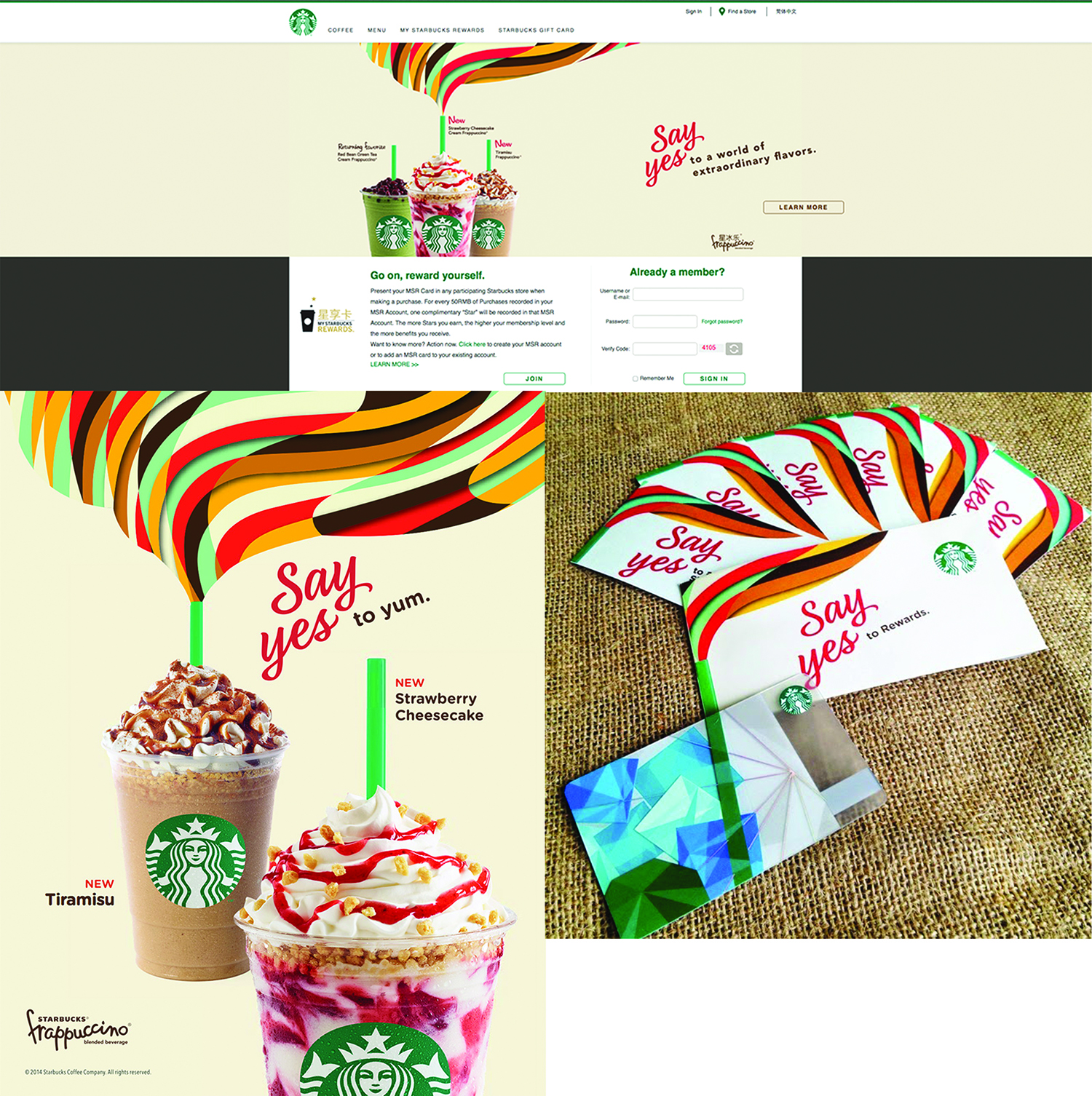
3. Name your files & project assets according to client needs.
Ask your client what the best way is to name your files. I love to use date/project/topic/version/myname, but some companies have their own way to work and if you are on a team, you should understand their file and folder structure. Nobody wants to lose time in a project searching for files.
You can imagine how hard and frustrating it is to name every single thing you make, but keep in mind the client’s need to revise your files. Your files may be given to another person who wasn’t originally on the project. It’s not only naming your files that is important, but naming your layers, your brushes, everything.
PRO-TIP: If you use Adobe products, create a Library for your whole project–save all fonts, colors, vectors and share it or if you are using 3D Programs use nulls, layers, textures named. Be tidy and organised.
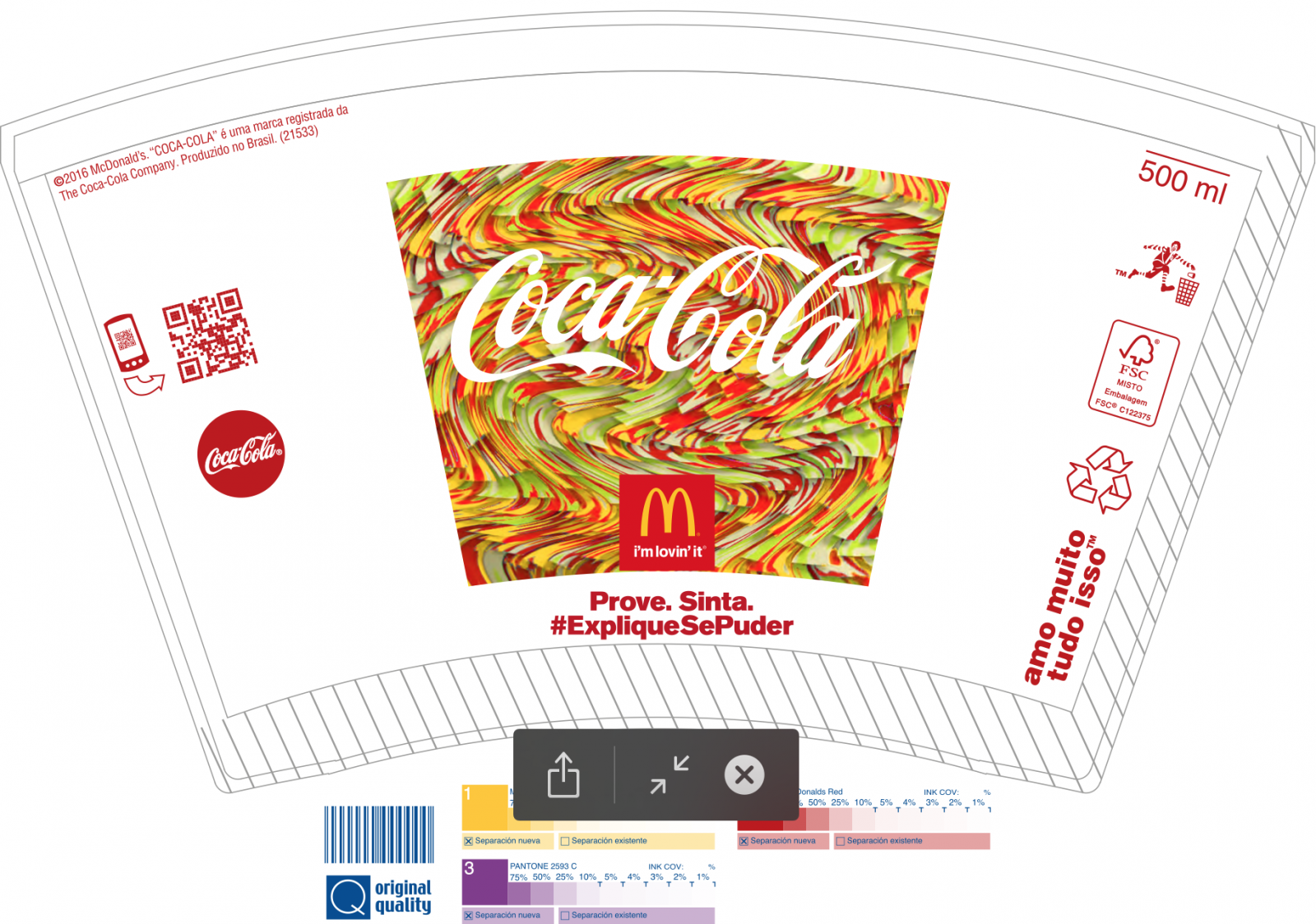
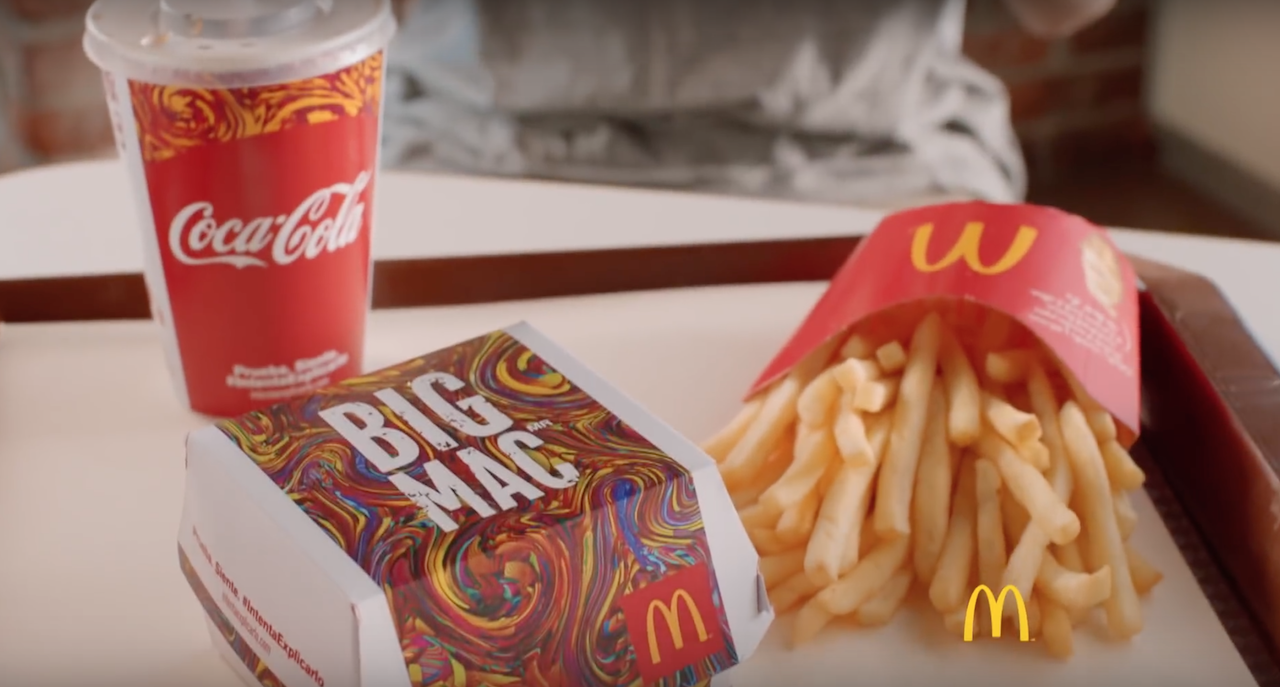
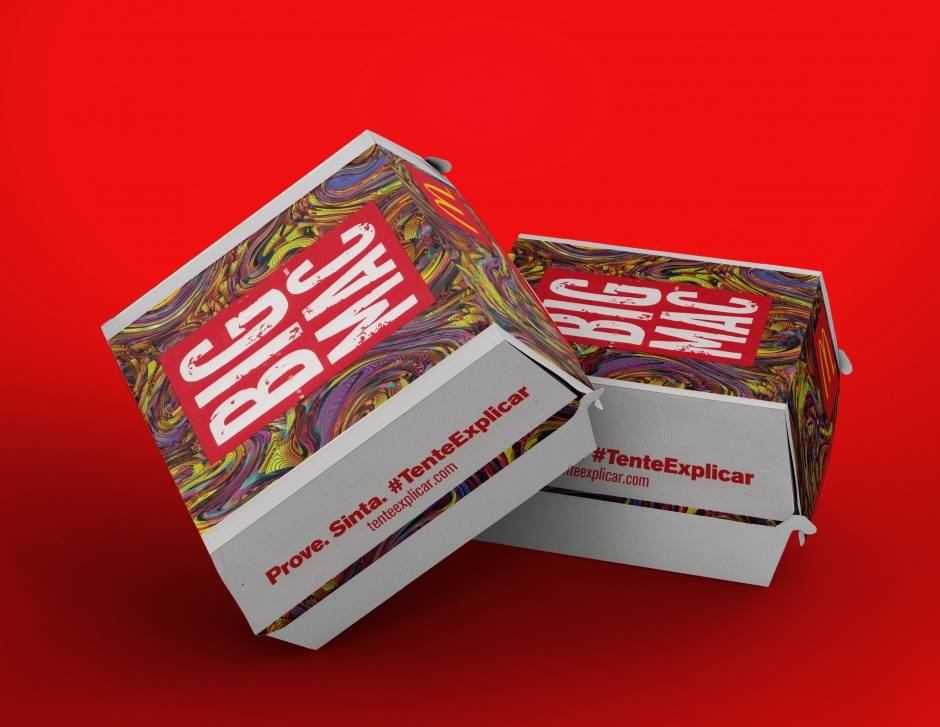
4. Reduce your mental overhead.
If you’re worried about everything in life–how to put a roof over your head, food on the table or paying the bills, your mental bandwidth for creative work will be significantly reduced.
If you can, create a nice environment around you, practice meditation and exercise everyday. These things can increase your productivity, which helps meet deadlines, which helps create a positive relationship with your client. I believe that the more engaged you are in your life and your work, the more good clients will reach out to you.

5. Finally, give clients daily feedback.
At the end of the day, I send screen grabs of what I did along the day with an email describing the progress.
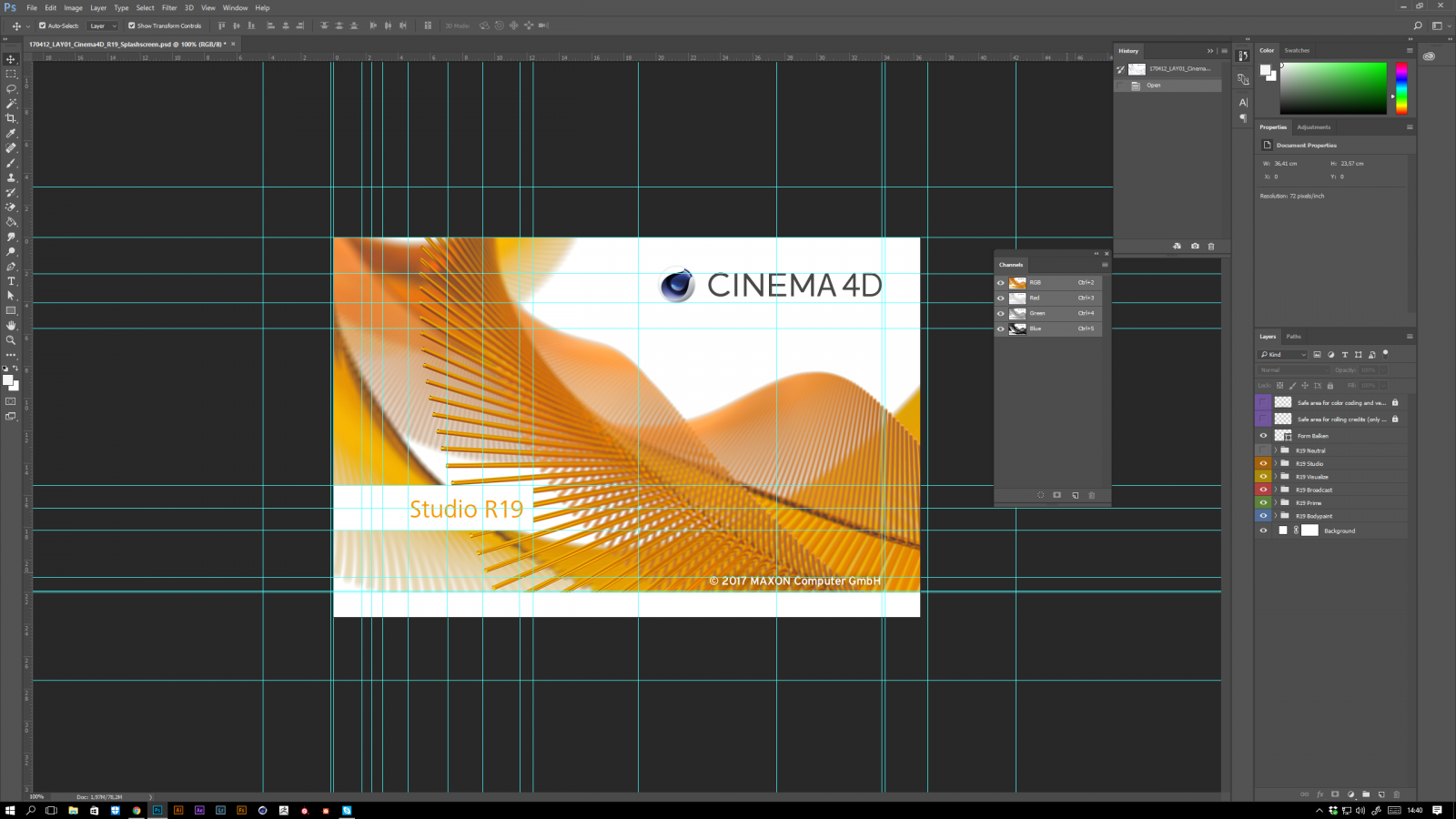
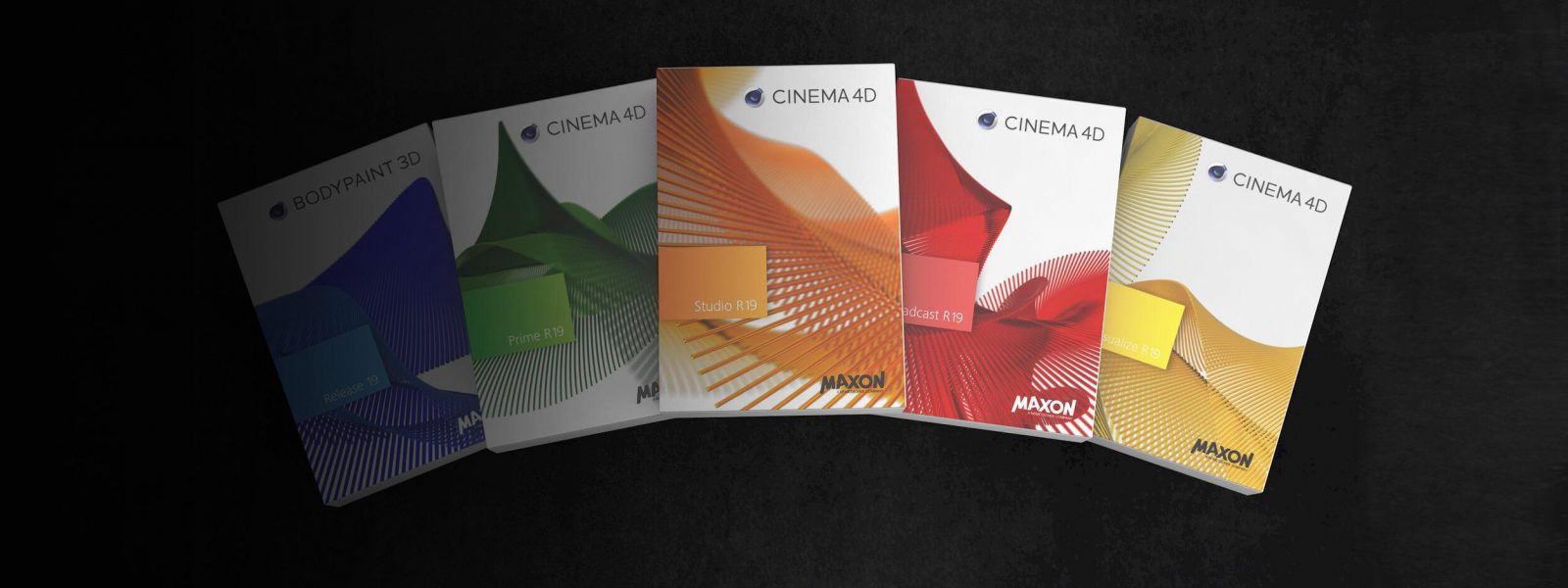
Comments